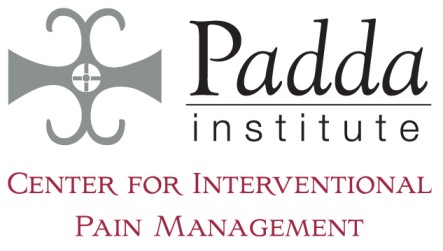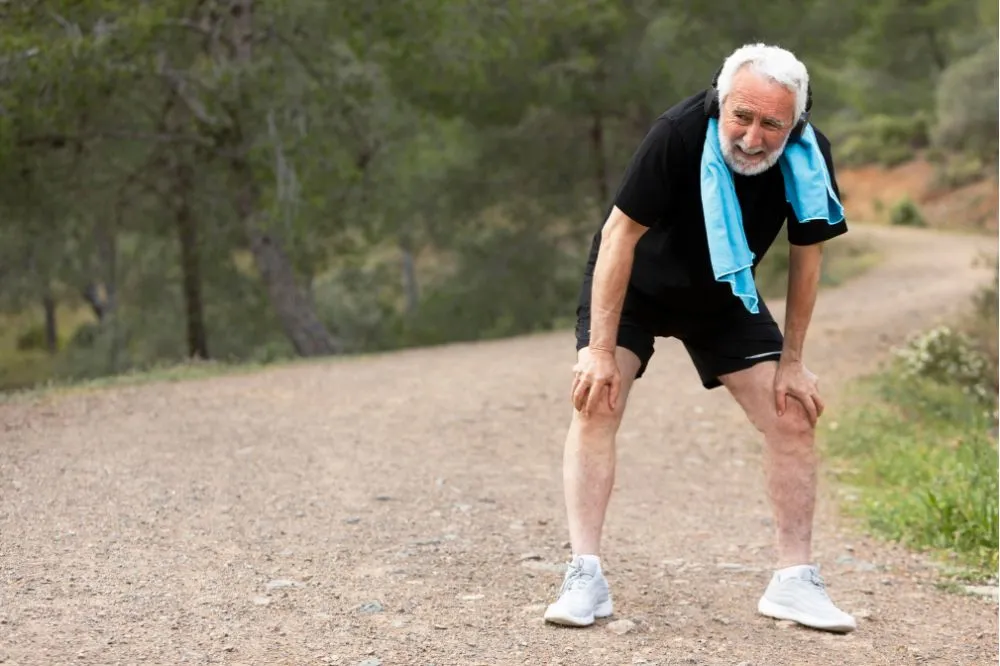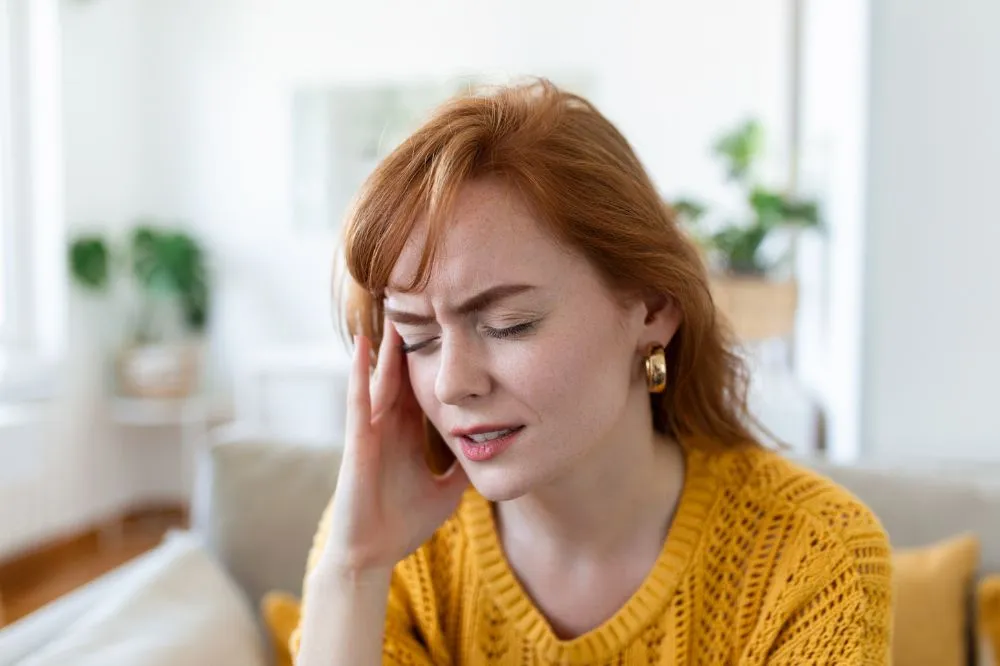Summary: A few years back, Sri Lankan government banned the use of pesticides in farming, which also resulted in a significant decline in suicide attempts in the nation. In Sri Lanka, pesticides were often used for suicides. Researchers say that these findings show that reducing access to lethal means can reduce suicide rates in any nation, including the US.
Reports from Sri Lanka suggest that banning some of the most lethal pesticides resulted in an almost 50% decline in suicides in the nation. These findings also have many implications for the US since it shows that reducing access to lethal means can help.
WHO data shows that about 700,000 people die each year. What is worrisome is that most suicides are attempted by young adults aged 15-29. Though suicide rates are relatively higher in low and middle-income nations, they are not rare in more prosperous countries like the US.
Additionally, it is worth understanding that number of suicides does not show the number of attempted suicides. It means that each year, several million suicide attempts are made globally. Fortunately, most people survive after an attempted suicide, though some of them would make multiple attempts to end their lives.
When it comes to the US, CDC data shows that each year more than three million people plan suicide, and about 1.2 million attempt suicide. Suicide is among the top 10 causes of death in adults younger than 65 years. Fortunately, due to excellent medical care in the US, most survive suicide attempts, resulting in about 46,000 deaths yearly. Here it is also vital to understand that poisoning is one of the most common ways of attempting suicide. It seems that almost 90% of all suicide attempts are made by using toxic substances.
Fortunately, not all poisons are created equally. It means that the survival rate with certain toxins or drugs is relatively high. Thus, for example, in the US, many attempt suicide by taking large doses of Tylenol or sleeping pills. However, these drugs result in very few deaths compared to pesticides. On the contrary, the death rate is very high in suicide attempts using firearms.
In the US, pesticide use is relatively uncommon for attempting suicide. It appears that pesticides are more commonly used for suicide attempts in developing nations or low-income nations, where they are more readily available. However, guns are omnipresent in the US, and they are relatively easy to procure.
All this means that when it comes to the outcomes of suicide attempts, the lethality rate of the suicide method matters. Another thing worth understanding about suicides is that most of them are impulsive decisions. Many survivors have reported that they took the decision within the last 24 hours. But, in fact, many reports make a decision quite spontaneously, often in a few minutes.
All this means that people attempting suicide are more likely to go for something that is readily available or already present nearby. It also means reducing access to certain lethal means can significantly reduce suicide attempts and fatal outcomes. For example, if a person does not have access to highly toxic pesticides or firearms, it means that one is more likely to go for things like sleeping pills.
The survey in Sri Lanka proves the idea that one of the excellent ways of reducing rates is by must making lethal means inaccessible. Moreover, the Sri Lankan study is not the first to show that banning or making highly lethal means inaccessible can help reduce death rates from attempted suicides.
Of course, when it comes to the US, it does not mean that banning pesticides would help since they are rarely used to attempt suicide. Instead, the focus must be on reducing the accessibility to other common means of attempted suicide in the nation.
It is our mission to bring real hope and transformational change to patients who would otherwise be consigned to a lifetime of medications, doctor’s visits, and suffering. We expose misaligned incentives and return the power of health to the individual. We believe empowered individuals change their communities. We use a combination of lifestyle intervention, medication management, and emerging scientific research to help our patients. When you are ready or have questions, reach out.
The content provided herein is not intended to provide assessment, diagnosis, treatment, or medical advice; it also does not constitute provision of healthcare services. No information in this content should ever be considered as a substitute for advice from a healthcare professional, it is provided for thoughtful discussion, informational and educational purposes only.




